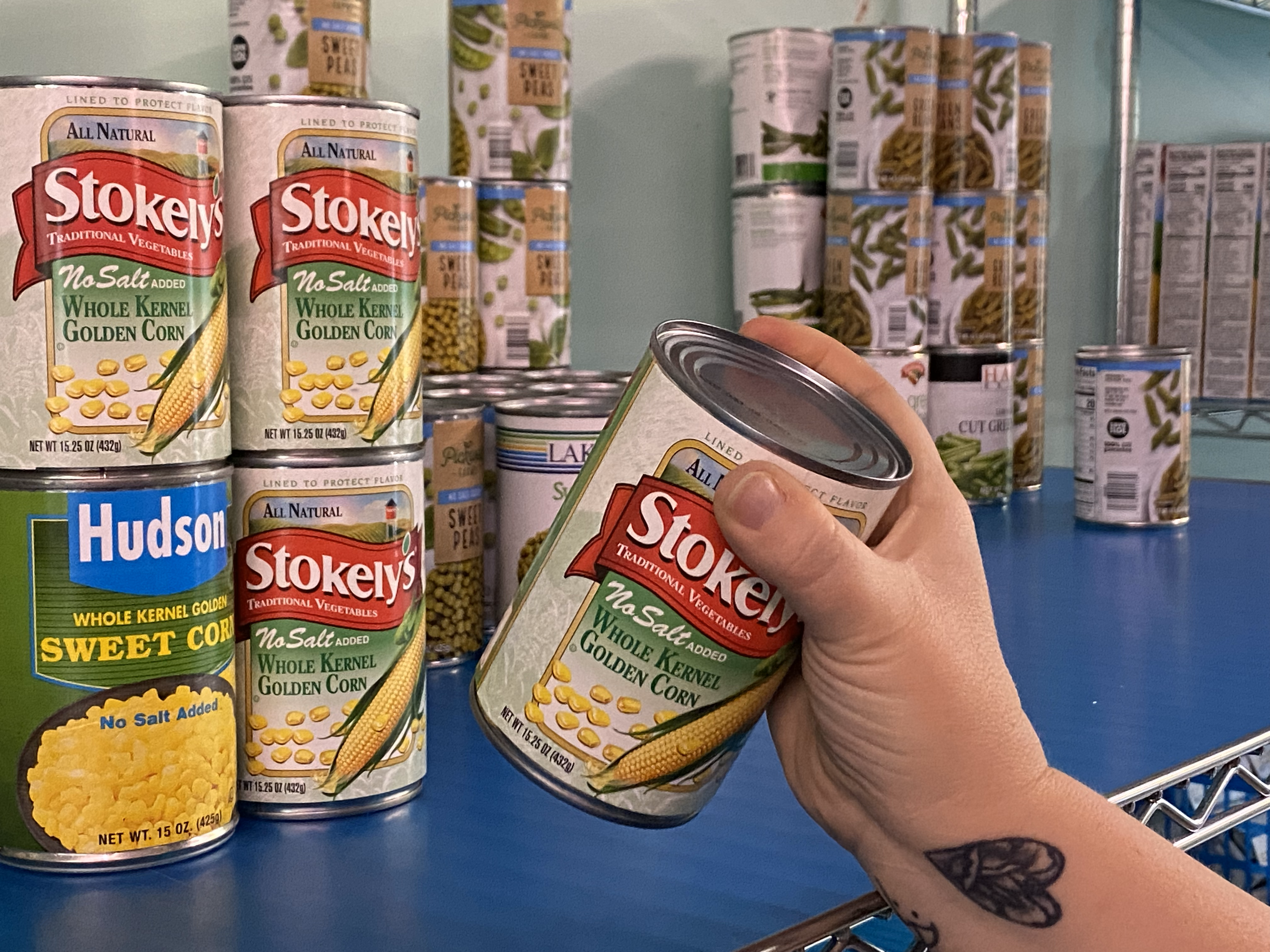

During a visit to the Mission’s food pantry on the Downeast campus, you will notice a lot of pantry staples available: beans, grains, whole wheat pasta, and more. Many of these items are on the shelves because of The Emergency Food Assistance Program (TEFAP), a federal program run by the U.S. Department of Agriculture (USDA). Through the TEFAP program, the government purchases these crops from farmers and then this food is given to pantries nationwide. The most common crops the USDA subsidizes include corn, soybeans, wheat, rice, sorghum, and dairy.
Your gift to the Maine Seacoast Mission makes you part of all we do.
With continued high demand, food provided by TEFAP can help pantries meet this increased need, but it only scratches the surface. Just last year, more than 700 families and individuals utilized the Mission’s pantry with more than 250 coming multiple times a month, an increase over the same time period the year before. With food costs rising and with more need and fewer donations from major retailers, TEFAP helps stock the shelves.
Feeding America,the largest supplier of products to pantries nationwide, estimates that over 900 million pounds of TEFAP food was distributed across the country in 2023. This makes up 30% of all food given out by Feeding America. Good Shepherd Food Bank, Maine’s centralized food bank and distributes TEFAP in the state. Good Shepherd then distributes the food based on the number of households served by each pantry.
Another similar program the USDA supports is the Commodity Supplemental Food Program (CSFD) for low-income seniors. These commodities boxes, contain mostly shelf-stable food meant to supplement what they already have. While food for this program and TEFAP are provided at no cost, both make up only a fraction of the food needed for individuals and families. Because of the limitations of food provided both by TEFAP and CFSD, fresh fruits and vegetables are rarely included. Other programs and donations are needed to fill in this gap.
Good Shepherd Food Bank and the Mainers Feeding Mainers program—which pairs farms with local food pantries—provides nearly 90% of the food to our pantry including fresh, local produce and other items like bread and meat.
But there is still a large need for many items rarely found in a pantry, and that is where community support comes in.
The pantry has recently started a “Donation of the Month” initiative which highlights popular items. During April, we welcome donations of snack foods which are always favorite when they are available. The other way to support is through monetary donations directly to the pantry which allows the Mission to source more items.
